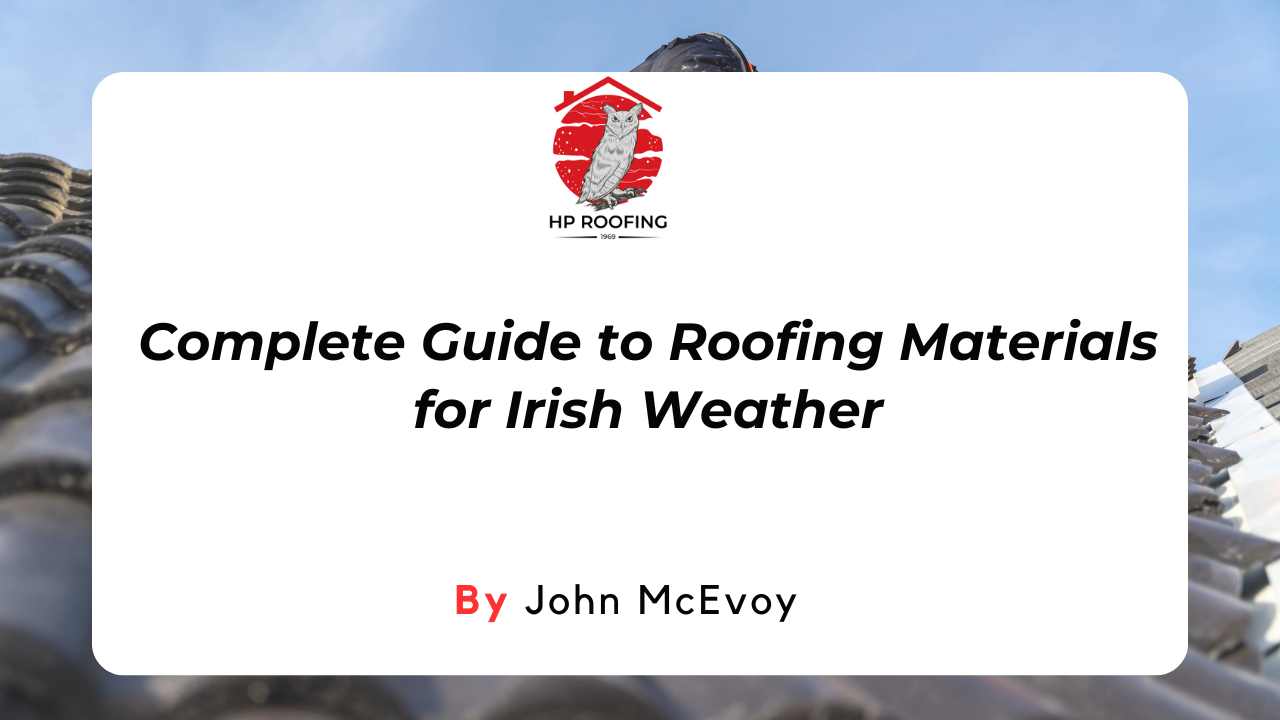Are you noticing unwanted moisture or water droplets forming inside your shed? Understanding and preventing condensation is crucial for protecting the contents of your shed and ensuring its longevity. Condensation typically occurs when warm, moist air comes into contact with cold surfaces, leading to the formation of water droplets.
Furthermore, this blog post will guide you through effective strategies to prevent condensation on your shed roof. We'll discuss the importance of proper base laying, ensuring adequate ventilation, exploring insulation options, utilising moisture absorbers or anti-condensation roof sheets and paints, and the benefits of raising your shed off the ground.
Additionally, we'll cover the significance of regular maintenance checks and repairs to keep your shed in the best condition.
Let's explore these solutions to help you maintain a dry and condensation-free shed.
Key Takeaways
- Condensation occurs when warm air meets cold surfaces, causing moisture to turn into water droplets.
- To prevent condensation on your shed roof, properly lay the base, ensure proper ventilation, consider insulation options, use moisture absorbers or anti-condensation roof sheets or paints, and raise the shed off the ground.
- Insulating your shed with spray foam or using moisture-absorbing materials can help stop condensation.
- Regular maintenance checks and repairs are important to prevent moisture from entering the shed and causing condensation.
What is Condensation, And Why Does It Happen?
Condensation occurs when warm air comes into contact with a cold surface, causing the moisture in the air to turn into water droplets. This can happen in both wooden and steel sheds, but the causes and impacts may differ.
Causes of Condensation in Wooden and Steel Sheds
Wood and steel sheds get condensation from damp air. This happens when warm air inside the shed meets cold surfaces like walls or roofs. Warm air can hold more water than cold air.
Furthermore, when it cools down, it drops some of this water. These tiny water bits stick to the cool surfaces they touch. The problem gets worse in winter when the ground is very cold too. In a closed shed, there's nowhere for this wet air to go.
It then wets everything inside your shed with dew or frost!
Impact of Condensation on Shed Contents
Condensation in sheds can have a negative impact on the contents inside. When moisture builds up, it can cause damage to items such as tools, furniture, and stored belongings. The dampness can lead to the rusting of metal objects and the rotting of wood.
This can result in costly repairs or replacements. Furthermore, condensation can create an environment that promotes the growth of mould and mildew, which is not only unsightly but also poses health risks.
So, it is important to address condensation issues in order to protect your shed contents and maintain their longevity.
How to Prevent Condensation on Your Shed Roof
To prevent condensation on your shed roof, it is important to properly lay the base, ensure proper ventilation, consider insulation options, use moisture absorbers or anti-condensation roof sheets or paints, and raise the shed off the ground.
Properly lay the base
To prevent condensation on your shed roof, it's important to properly lay the base. This means making sure that the ground is level and free from any debris or vegetation that could cause moisture buildup.
So, you can use gravel or a concrete pad as a solid foundation for your shed. By doing this, you create a barrier between the damp ground and your shed, reducing the chances of condensation forming on the roof.
Properly laying the base also helps with drainage, preventing water from pooling around your shed and causing further moisture issues.
Ensure proper ventilation
To prevent condensation on your shed roof, it is crucial to ensure proper ventilation. Good airflow helps to reduce moisture buildup and prevent the formation of condensation. You can achieve this by installing vents in your shed or using roof ridge vents so that fresh air can circulate inside.
Furthermore, ventilation allows damp air to escape and dry air to enter, maintaining a balanced humidity level. By keeping the air moving in your shed, you can minimise the risk of condensation forming on the roof and damaging its contents.
Consider insulation options
Insulating your shed can be an effective way to prevent condensation on the roof. There are a few options you can consider. One option is using closed-cell spray foam insulation, which creates a barrier between warm, humid air and cool metal panels in a metal shed.
Furthermore, this helps prevent condensation from forming. Another option is using moisture absorbers or anti-condensation roof sheets or paints that are specifically designed to combat condensation.
Furthermore, these products work by absorbing excess moisture in the air and preventing it from settling on the roof surface. By insulating your shed, you can significantly reduce the risk of condensation buildup and protect your belongings inside.
Use moisture absorbers or anti-condensation roof sheets or paints
To prevent condensation on your shed roof, you can use moisture absorbers, anti-condensation roof sheets, or paint. These products are designed to reduce the buildup of moisture and help keep your shed dry.
Moisture absorbers work by absorbing excess moisture in the air, while anti-condensation roof sheets and paints have special properties that prevent condensation from forming on the surface.
So, by using these solutions, you can effectively minimise condensation and protect your shed and its contents from potential damage.
Raise the shed off the ground
Raising your shed off the ground is an effective way to prevent condensation. When the shed is elevated, air can circulate underneath, reducing moisture buildup. You can accomplish this by using concrete blocks or pressure-treated lumber as a sturdy foundation for your shed.
So, make sure to level and secure the base properly to ensure stability. This simple step can help protect your shed from dampness and prolong its lifespan.
Importance of Shed Maintenance and Regular Checks
Regular shed maintenance and checks are crucial to preventing condensation on your shed roof. By repairing any leaks or damages promptly, you can prevent moisture from entering the shed and causing condensation.
Furthermore, properly sealing the shed also helps to keep out excess moisture. Regular inspections allow you to identify and address any potential issues before they become major problems. Maintaining your shed ensures its longevity and reduces the risk of condensation buildup.
Repairing any leaks or damages
If you notice any leaks or damages in your shed, it's important to fix them right away. Leaks can lead to water entering the shed and causing condensation. This can damage your belongings and make the problem worse.
Check for any cracks, holes, or gaps in the roof, walls, or floor of your shed. If you find any, seal them up using appropriate materials like silicone caulk or weatherstripping. Patch up any holes or tears in the roofing material as well.
So, by repairing these issues promptly, you can prevent further damage and reduce the chances of condensation occurring in your shed.
Properly sealing the shed
To prevent condensation in your shed, it is important to properly seal it. This means ensuring that there are no gaps or openings where moisture can enter. You can start by checking the windows, doors, and any other potential entry points for leaks or cracks.
Use caulk or weatherstripping to seal these areas and prevent moisture from getting inside. Additionally, consider applying a waterproof sealer to the exterior of the shed to provide an extra layer of protection against water damage.
So, by sealing your shed properly, you can help minimise the risk of condensation and keep your belongings safe and dry.
Protect Your Shed from Condensation in Ireland!
In conclusion, preventing condensation on your shed roof in Ireland is crucial for protecting your belongings and maintaining the integrity of your shed. By properly laying the base, ensuring proper ventilation, considering insulation options, using moisture absorbers or anti-condensation roof sheets or paint, and raising the shed off the ground, you can effectively prevent condensation.
Furthermore, regular maintenance checks and repairs are also important to keep your shed in good condition. Take proactive steps to avoid condensation issues and enjoy a dry and well-maintained shed.
















